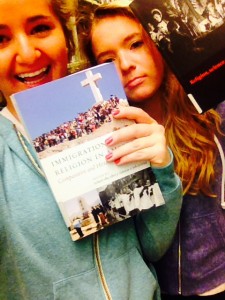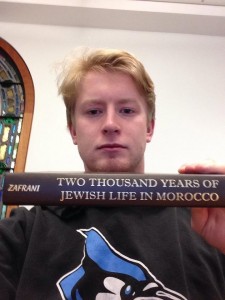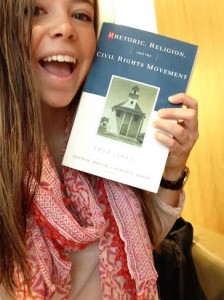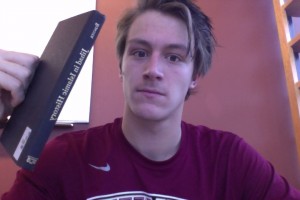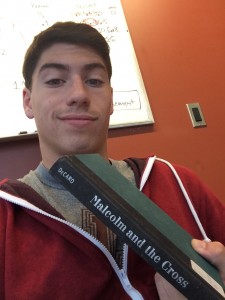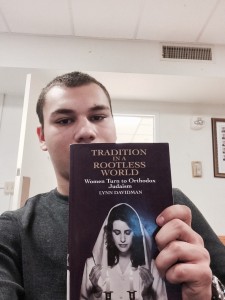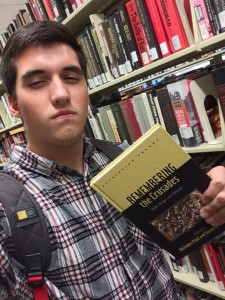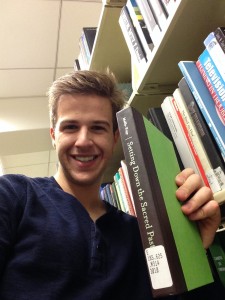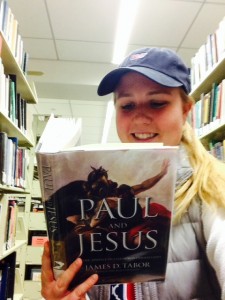Drees, Willem B. Religion, Science, and Naturalism. Cambridge: Cambridge UP, 1996. Print.
I originally wanted to write my paper about something regarding Christianity and the changes it has undergone throughout history. When searching for books I used to keywords “Christianity” and “history” and when I couldn’t find anything that I found interesting I searched “Christianity” and “America”. With this I found a book called “The Catholic Ethic in American Society” but upon reading the back cover I didn’t find information that would be helpful for writing my essay. I looked around for more book titles in the same section of the library and found “Religion, science, and naturalism” which I thought might be interesting.
Upon reading the preface of this book I found that it was based mostly on how the principles of science interact with those of different religions in society and how people have changed their views on religion over time as science has progressed. This made me want to write my paper on the relationship between Christianity and science and how those ideals have changed over time. I also intend on focusing more on evolution and religion and how society deals with the conflicting views on those topics, since that’s something that is a pretty common debate in the modern day.
I will use this book to start off my research so that I can get a general idea on religion, science, and naturalism and then find more books in the library so that I can go more in depth on Christianity and on more specific topics. I think it will be a good source because it is an easy book that can help me in the beginning of the essay writing process for my paper topic.
